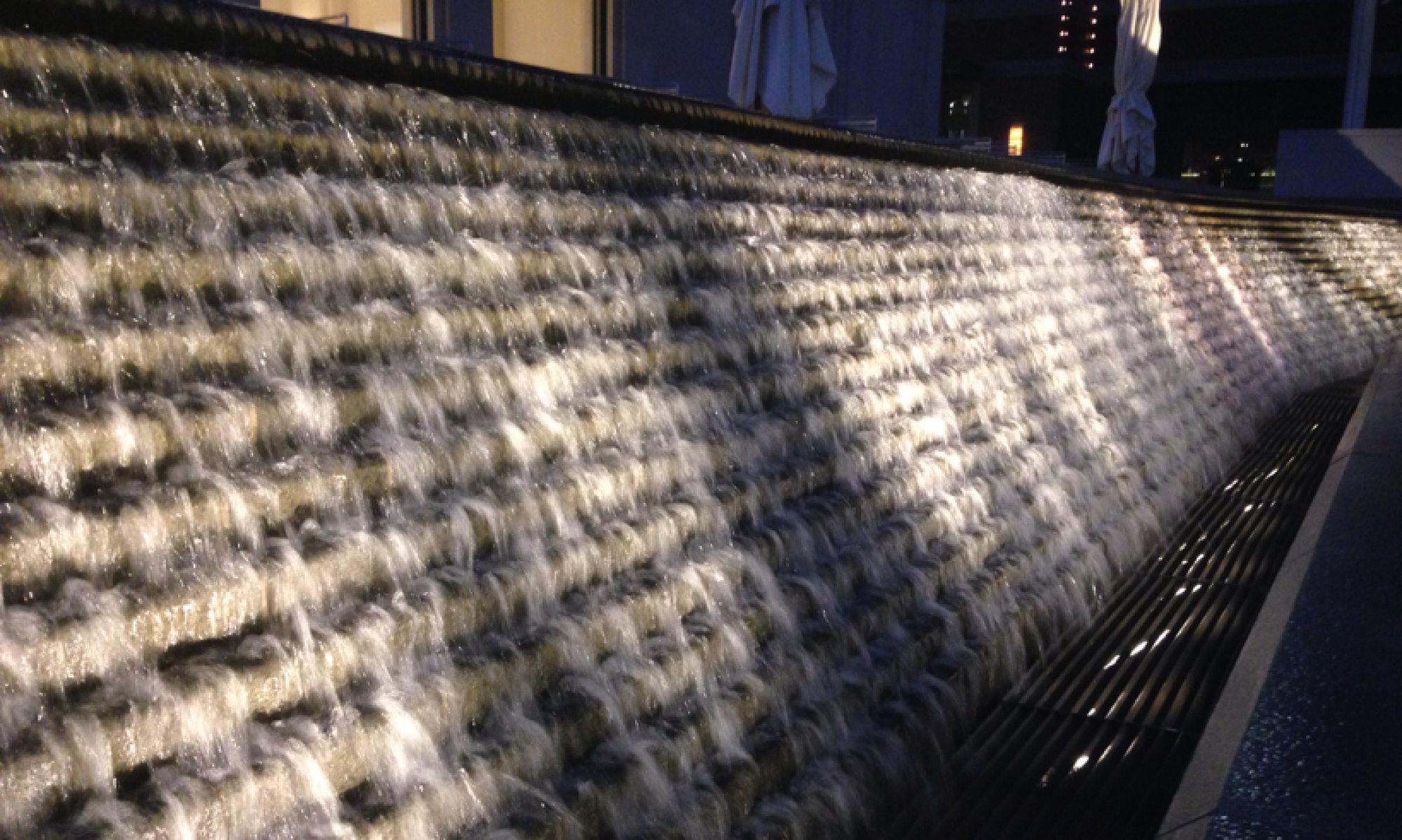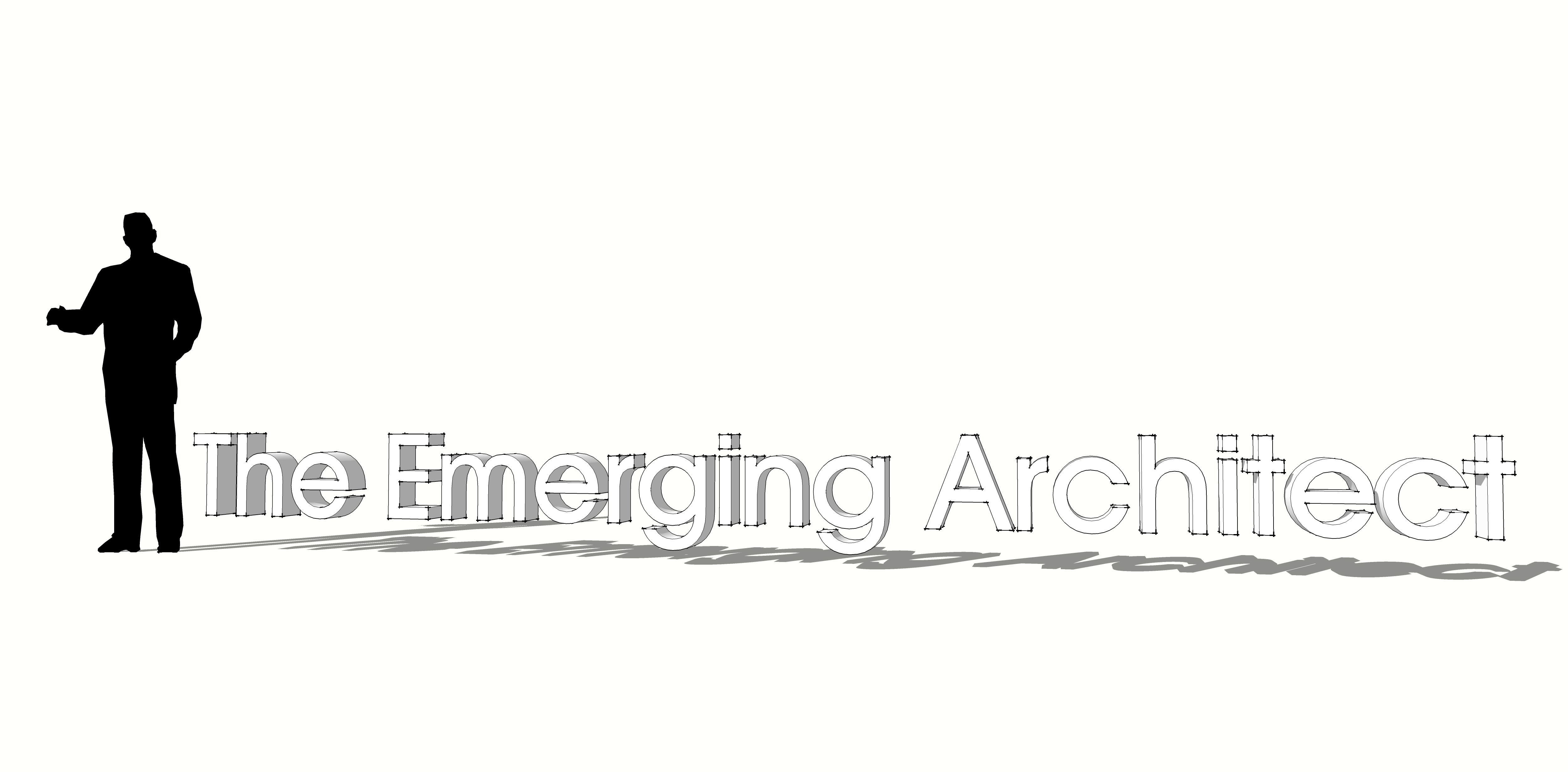Pretty pictures, renderings, sketches, construction documents, whatever the final outcome, architects are in the business of making images that convey a certain amount of information. It’s an expansion of a line that a previous boss used to drill in my head., Architects are in the business of conveying information.” we just happen to use a lot of images to do it.
This is #Architalks #40, a recurring series of posts by a diverse group of architects all related back to a single subject. This month’s subject, and my clever attempt at the title, is Words. And I don’t think I will have any references to a fairly popular app on almost everyone’s smart phone, at least I don’t think I will.
I don’t think I will get much of an argument from any architects out there that the images we come up with, no matter what phase of a project we are currently working in, are the most important part of the information that we are telling. They show the relationships between spaces, materials, details, and everything else you can think of. But even with all of the various types of information they are conveying, they are incomplete, they can only tell part of the story. We have to be able to explain through dimensions, notes, stories, etc. what our intent is, what the specifics are.
I’m not sure if this is something you just learn through experience or if it just took me a while to completely understand. Back in school we would use a term for people that could talk up a project, even though most of the time the idea had not been truly worked out enough to come up with a good design. We called it talkitecture, using all of the fancy academic words that professors and jurors want to hear. I never really got good at that, I mean I could get my way through a jury, but simply impressing them with my architectural vocabulary was not happening. Later on in my career I learned that it wasn’t the other architects or critics that we had to convince of our ideas, it was our clients. We had to learn to listen so that we could explain the design solutions in a way that solved the design problem that made sense. This is definitely a harder skill to master, each client is different, and what might make perfect sense to one will seem completely foreign to another. We have some different exercises at work that actually are designed to help get everyone more comfortable with public speaking, talking in front of your peers, and explaining your ideas. Every month two employees are tasked with describing themselves in what we call a 180. It’s meant for people to be able to come up with something that explains a part of them in 3 minutes. I think I can only recall one or two that actually lasted only 3 minutes, most of the time they go well over that. Even without nailing it down to that short of a timeframe, the exercise itself is good practice for figuring out what you are going to say. Recently though, I’ve learned a lot more about the consistency of what we are saying. I’ve worked pretty much on all commercial construction my entire career. I think every project except one metal studs were used. When I first started out we would always use the note “6” METAL STUDS @ 16″ O.C.”, or 3-5/8″ depending on the situation. As far as I know it was pretty clear to all of the contractors we worked with… as far as I know. Depending on who I worked with sometimes the abbreviations were ok, sometimes they weren’t, but the general note always stayed the same. I never really gave it a second thought up until I actually started reading through our specification manuals that go out with the project as well. The specs don’t actually say that. They use the terms “Non structural metal framing” or “Cold formed metal framing” again depending on use. You can guess what terms I use now. Although there are more words to write in each note and were referring to basically the same product, we are communicating more clearly what we are expecting and where they can find information about it. In this case the words and the consistency of those words made our intent even more clear than originally written. Live and learn, right?
Our words matter. This profession has a position of influence directly with the people we work with and indirectly with the people that utilize the buildings and spaces we help create. I would like to think that we are fairly well regarded as a profession and our opinions are generally looked at as a positive way to move forward in almost any situation. I think though, as a profession, we aren’t utilizing that skill nearly enough in so many different situations. We have to walk a line between what we think is right and what our clients, consultants, peers, or even the general public think is right. Our work is dependent on so many outside factors, it’s hard to express an opinion without offending someone. It’s a design problem that we are going to have to figure out how to overcome. Somehow we will have to figure out a solution.
I realized just now as I am writing this, I am going against one of the pieces of advice I was given early on in writing a blog – have some sort or graphics/images for every post. In this case though, I don’t have any prepared and as I think about it, I can’t really come up with one that is appropriate. I could show something that had our notes and specs with the same text but honestly, how boring would that be? I think I am going to leave well enough alone and hopefully let my words do all of the talking for this one. If you are curious to see how all of the other #Architalks crew took on the theme “Words” click on the links below and give them a read. There is usually some pretty good stuff in there.
Jeff Echols – Architect Of The Internet (@Jeff_Echols)
Does anyone hear your words?
Lora Teagarden – L² Design, LLC (@L2DesignLLC)
Visual Words
Eric T. Faulkner – Rock Talk (@wishingrockhome)
Words are Simple — Too Simple
Michele Grace Hottel – Michele Grace Hottel, Architect (@mghottel)
“words”
Meghana Joshi – IRA Consultants, LLC (@MeghanaIRA)
Architalks 40: Words
Drew Paul Bell – Drew Paul Bell (@DrewPaulBell)
Mindset for Endless Motivation and Discipline #Architalks
Jeffrey Pelletier – Board & Vellum (@boardandvellum)
Use Your Words (Even When You Can’t)
Jim Mehaffey – Yeoman Architect (@jamesmehaffey)
Words Are Important
Mark Stephens – Mark Stephens Architects (@architectmark)
Words
Leah Alissa Bayer – The Stoytelling LAB (@leahalissa)
Architects Are Storytellers




6 Replies to “A pictures worth”